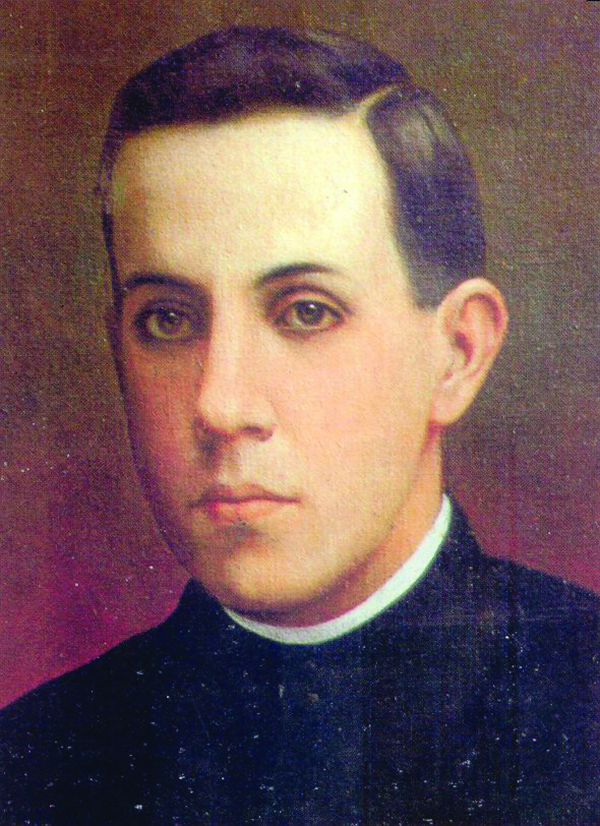
Blessed Miguel Pro
It is difficult to believe that the country in which Our Lady of Guadalupe appeared to Juan Diego in 1531 would later become the place where the Catholic Church would suffer incredibly severe persecution. Beginning in 1917, a new Mexican constitution effectively outlawed the Catholic Church and any of its practices on pain of death. The most brutal enforcement of the law occurred during the presidency of Plutarco Elías Calles, who took office in 1924.
But times of persecution also become times of great martyrs, and perhaps the most famous of all the martyrs of this period was Father Miguel Agustin Pro.
Miguel Pro was born into a devout Catholic family in Mexico in 1891. From an early age, he was both very spiritual and very mischievous. After one particularly daring escapade, which left him briefly unconscious, young Miguel awoke and asked his frantic parents for some “cocol,” which was his favorite type of sweet bread. From that point on, Cocol became his nickname and, in later years, his code name when he was forced to carry on his priestly ministry clandestinely.
When Miguel’s older sister entered a cloistered convent, he began to consider seriously a vocation to the priesthood. Although he could have had a successful life and career carrying on his father’s lucrative business, Miguel instead entered the Jesuit novitiate in 1911. By 1913, tension between the Mexican government and the Catholic Church was growing; when the novitiate’s main house was ransacked and the library burned in 1914, Miguel fled to Granada, Spain, to continue his studies. He remained there until departing for his ordination in Belgium in 1925.
Despite ill health — he was wracked by a severe stomach disorder — and the grave political situation in Mexico, Father Pro’s religious superiors allowed him to return to his native Mexico in 1926. The fact that he had not been in the country for 11 years initially worked to his advantage; he was not generally known to the authorities as a priest. Despite the harsh punishments for any participation in Catholic worship, the people — 95 percent of whom were Catholic — still carried on the practice of their faith in secret. As it turned out, Father Pro’s early mischievousness was put to good use as he convincingly adopted a series of disguises in order to carry out his clandestine ministry.
In 1927, an attempt was made on the life of the Mexican president. Although it ultimately failed, President Calles used it as a pretext to arrest Father Pro as well as his two brothers, who had been working alongside him. Even though the actual perpetrator of the assassination attempt cleared the three men, Calles went ahead with the public execution on Nov. 23, 1927. Clutching both a cross and a rosary, Father Pro’s last words were “Vivo Cristo Rey!” or “Long Live Christ the King!” Despite the ban on public demonstrations, 40,000 Mexicans turned out for his funeral procession.
Father Pro was beatified in 1988; his feast is Nov. 23.
Sources for this article include:
catholic.org/saints/saint.php?saint_id=86 Information courtesy of ProVision and Brother Gerald Mueller
catholicgene.wordpress.com/2012/05/27/mexicos-forgotten-history-the-persecution-of-catholics-and-the-cristero-war
franciscanmedia.org/saint-of-the-day/blessed-miguel-agustin-pro
Ghezzi, Bert. “Voices of the Saints: A 365-Day Journey with our Spiritual Companions.” Chicago: Loyola Press, 2009.
jesuits.global/saint-blessed/blessed-miguel-agustin-pro/ Originally Collected and edited by Father Tom Rochford, SJ

